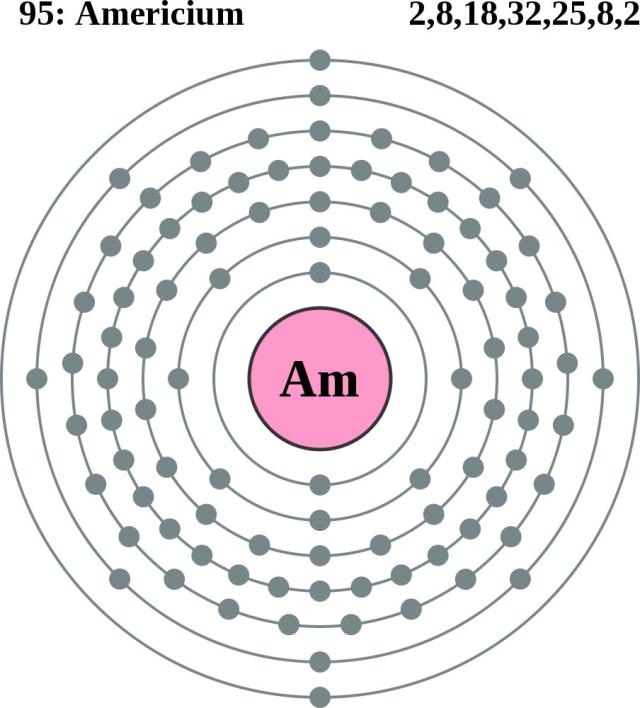Radioactive Waste 154 - A New Process For Separating Americium From Spent Nuclear Fuel
Americium is a highly radioactive transuranic element that has an atomic number of 95 and is represented by the symbol "Am." Americium is produced by bombarding uranium or plutonium with neutrons in a nuclear reactor. One ton of spent nuclear fuel contains about ten grams of americium. It is commonly used in commercial smoke detectors, in neutron sources and in industrial gauges. Americium is scarce and expensive and its presence in spent nuclear fuel complicates storage and reprocessing of nuclear waste.
A report on new research at the University of North Carolina at Chapel Hill in the November 6th issue of Science magazine contains details on how chemical manipulation of americium can allow it to be easily extracted from spent nuclear fuel. Up to this point, it has been one of the most difficult elements to isolate and extract from nuclear waste. The new technique explained in the Science article may improve the way in which nuclear waste is handled. The most dangerous elements including americium can be removed which will make the waste safer to store.
Currently portions of nuclear waste are recycled by dissolving solid spent nuclear fuel in strong acid and removing uranium, plutonium and a few other elements that are suspended in the solution. Americium is difficult to remove with this process because it closely resembles other elements. In the acidic solution, americium atoms surrender three of their electrons and become ions with a charge of +3. Other elements in the solution also have charges of +3 and are very similar in size to the americium ions. This means that methods for extracting the americium ions wind up pulling other elements out of the solution along with the americium.
The new technique grew out of attempts to get americium atoms to give up more of their electrons so that their ions would have charges of +5 or +6, making it easier to separate from other elements. The chemists created special electrodes to insert into the spent fuel solution. A small applied voltage pulled another electron out of the americium ions giving them a +4 charge. This configuration is unstable and quickly results in the loss of one or two more electrons leaving the americium ions with the desired +5 or +6 charge. This new charge state is sufficiently different from the other elements in the solution that the americium can be efficiently removed from the solution.
After publishing their research on changing the charge state of americium in solution, the researchers went on to actually demonstrate the removal of americium from a spent nuclear waste solution. For the moment, this research is primarily of theoretical interests and serves as a proof of principle because most nuclear power plants in the U.S. store their waste and do not reprocess it. If this technique is actually used on nuclear waste, the americium could be placed back into a nuclear reactor and split into elements that are safer and more stable. While this is an interesting possibility, there are a lot of other problems with respect to reprocessing spent nuclear waste that must be solved before it could be implemented.
